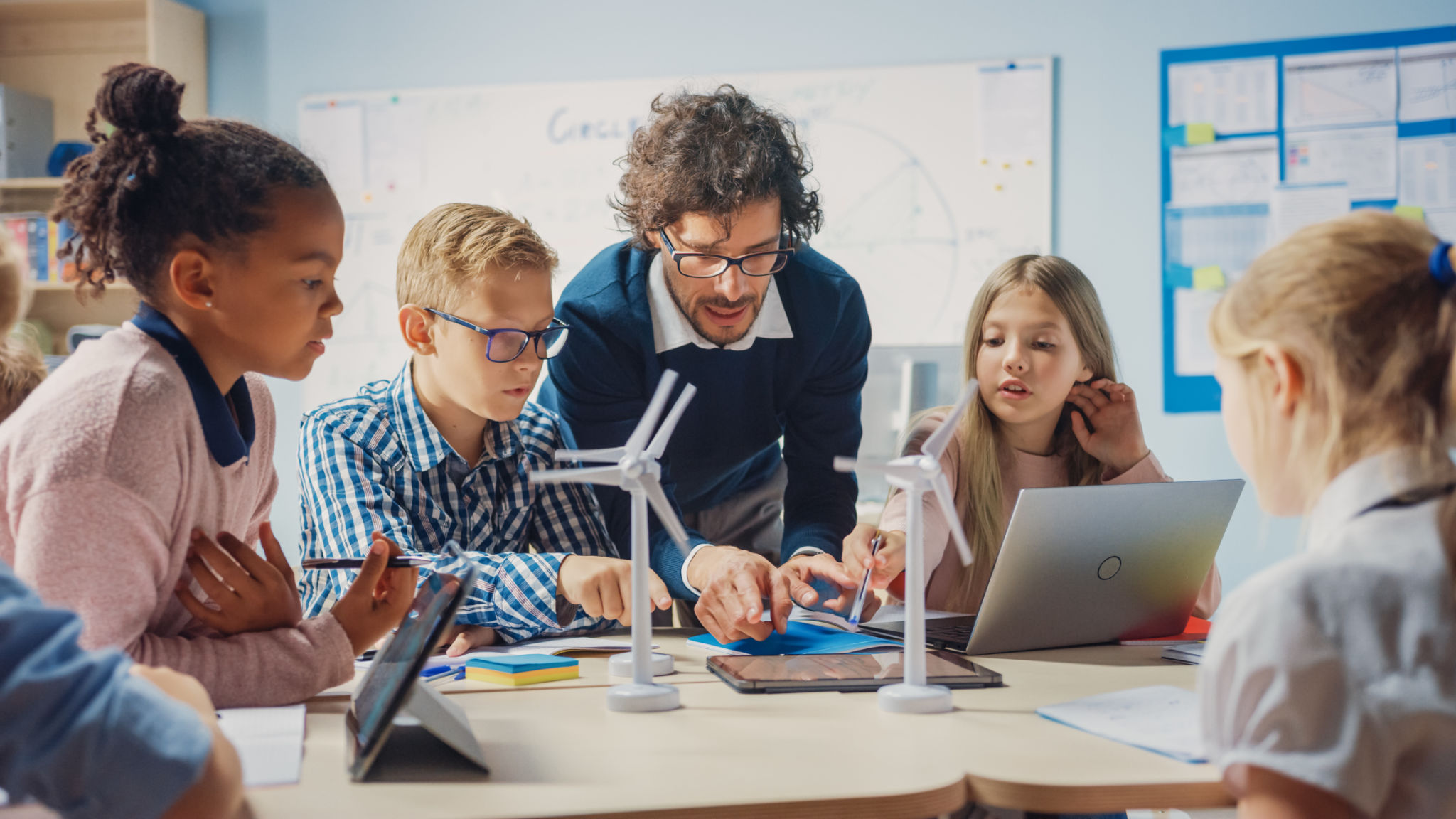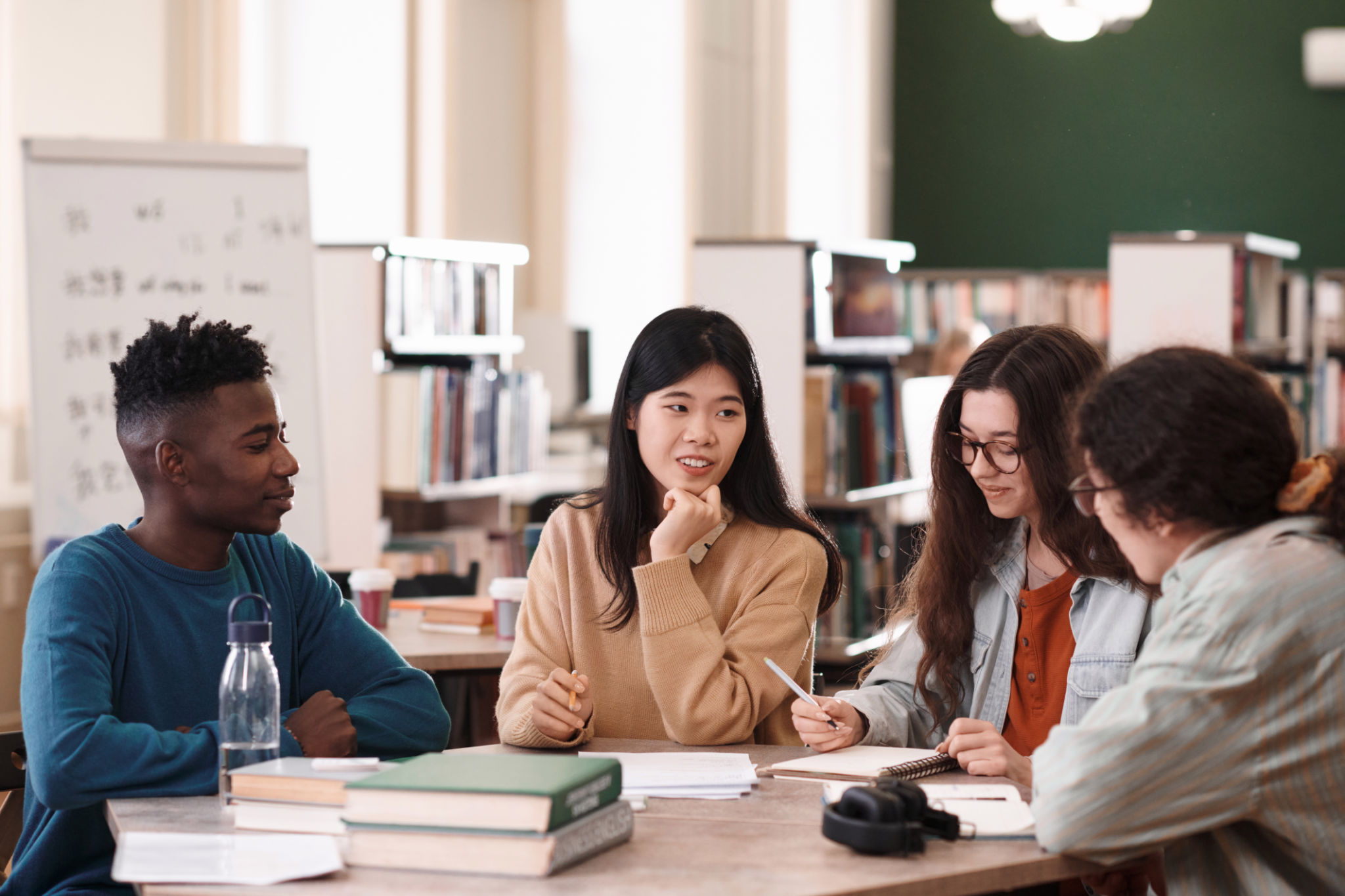Hands-On Learning: Building Confidence and Creativity Through Innovative Projects
Understanding Hands-On Learning
In recent years, education has seen a significant shift from traditional lecture-based teaching to more dynamic, hands-on learning approaches. This method emphasizes active participation and experiential learning, allowing students to engage directly with the material. By doing so, students not only acquire knowledge but also develop critical skills such as problem-solving, creativity, and self-confidence.
Hands-on learning can take many forms, from science experiments and art projects to coding workshops and robotics. The key is to involve students in interactive projects that require them to apply what they’ve learned in real-world scenarios. This approach helps solidify their understanding and makes learning more engaging and enjoyable.

The Role of Innovation in Education
Innovation plays a crucial role in enhancing the hands-on learning experience. By incorporating new technologies and creative teaching methods, educators can provide students with unique opportunities to explore subjects in depth. For instance, virtual reality can transport students to historical sites, while 3D printing can bring complex engineering concepts to life.
These innovative tools not only make learning more accessible but also encourage students to think outside the box. By challenging the status quo and experimenting with new ideas, students can develop a growth mindset that is essential for success in today’s rapidly changing world.

Building Confidence Through Practical Experience
One of the most significant benefits of hands-on learning is the confidence it instills in students. By actively participating in projects, students learn to trust their instincts and capabilities. This process of trial and error teaches them resilience and perseverance, essential qualities for personal and professional growth.
Furthermore, hands-on projects often involve collaboration with peers, which helps students improve their communication and teamwork skills. Working together to solve problems fosters a sense of community and mutual support, further boosting individual confidence.

Fostering Creativity with Hands-On Projects
Creativity is another critical skill that hands-on learning cultivates. When students are given the freedom to explore and experiment, they become more adept at generating innovative solutions. This creative thinking is nurtured through projects that require them to combine different ideas and concepts in novel ways.
For example, art-based projects encourage students to express themselves and think visually, while STEM projects might challenge them to devise inventive solutions to complex problems. By engaging in diverse hands-on activities, students develop a broad range of creative skills that are valuable in any field.
Implementing Hands-On Learning in Classrooms
To successfully integrate hands-on learning into the classroom, educators need to create an environment that encourages exploration and experimentation. Here are some tips for implementing this approach:
- Incorporate a variety of projects that cater to different learning styles.
- Provide opportunities for students to work collaboratively on group projects.
- Utilize technology to create immersive and interactive learning experiences.
- Encourage students to reflect on their learning process and outcomes.

Conclusion
Hands-on learning is a powerful approach that not only enhances educational outcomes but also builds the foundational skills needed for future success. By engaging students in innovative projects, educators can help them develop confidence, creativity, and a passion for lifelong learning. As we continue to explore new ways of teaching, hands-on learning will undoubtedly play a pivotal role in shaping the education of tomorrow.
